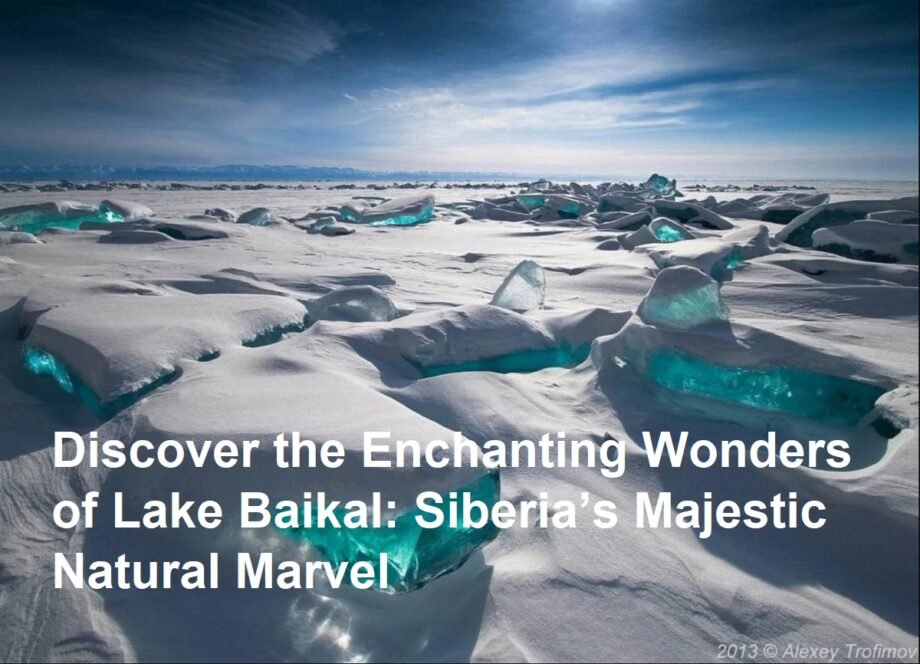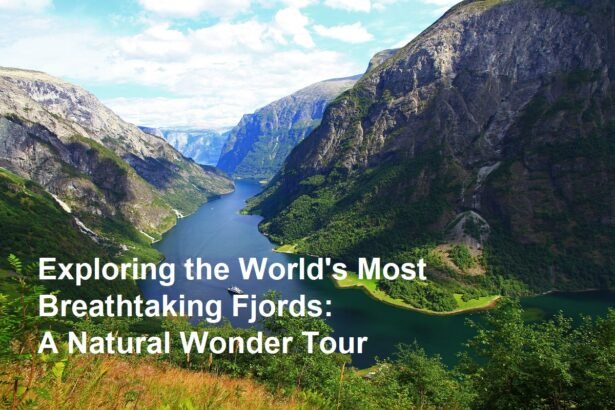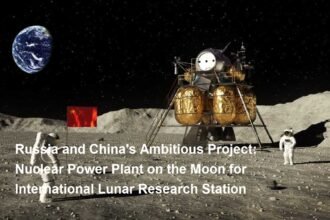Introduction
Lake Baikal, often referred to as the “Pearl of Siberia,” is one of the most extraordinary natural wonders on Earth. Located in southern Siberia, Russia, it is the deepest and oldest freshwater lake in the world, renowned for its stunning beauty, crystal-clear waters, and unique biodiversity. This article explores the captivating natural magic of Lake Baikal, highlighting why it is a must-see destination for nature lovers, adventure seekers, and environmental enthusiasts across the globe.
The Unique Characteristics of Lake Baikal
Stretching over 636 kilometers long and plunging to depths of 1,642 meters, Lake Baikal holds about 20% of the world’s unfrozen freshwater supply. Its pristine waters are remarkably clear, allowing visibility for several meters below the surface. This clarity is due to the lake’s unique ecosystem and the presence of ancient freshwater sponges that filter impurities naturally.
Lake Baikal’s age, estimated at 25 million years, makes it an invaluable geological treasure. It has witnessed numerous climatic and environmental changes, shaping an ecosystem so unique that many of its species exist nowhere else on Earth.
Unrivaled Biodiversity and Ecological Importance
Lake Baikal is home to over 1,700 species of plants and animals, two-thirds of which are endemic. Among these, the Baikal seal, or nerpa, is the world’s only freshwater seal, creating a fascinating spectacle for visitors. This remarkable biodiversity makes the lake a critical focus for scientific research and conservation efforts.
The lake’s ecological balance is maintained by a complex web of flora and fauna, including rare species of fish like the omul, which is highly prized in local cuisine. Preservation of this ecosystem is vital not only for Russia but for the global environment due to Baikal’s significant freshwater reserves.
Experiencing the Natural Beauty of Lake Baikal
Visitors to Lake Baikal are treated to breathtaking views, from the jagged mountain ranges that frame the lake to its expansive, mirror-like surface that reflects the changing skies. In winter, the frozen lake transforms into an otherworldly landscape of ice caves, crystal-clear ice sheets, and dramatic ice formations that draw photographers and explorers alike.
During the summer months, travelers can enjoy hiking, boating, and wildlife watching. The area’s natural hot springs, scenic hiking trails, and traditional villages provide immersive cultural experiences that complement the stunning landscape.
Tourism and Sustainable Development Challenges
While Lake Baikal attracts thousands of tourists each year, balancing tourism growth with environmental preservation remains a challenge. Strict regulations and local conservation programs are in place to protect the lake from pollution, deforestation, and unsustainable development.
The importance of community involvement in conservation efforts is critical. Local and indigenous communities play a vital role in preserving the lake’s health and promoting eco-tourism practices that emphasize respect for nature and cultural heritage.
Why Lake Baikal Should Be on Every Traveler’s Bucket List
The allure of Lake Baikal lies not only in its vast size and depth but in its profound natural and cultural significance. It offers:
- Unmatched natural beautythat captivates visitors in every season.
- Rich biodiversityand rare species that inspire curiosity and respect for nature.
- Cultural encounterswith indigenous peoples and their traditions linked to the lake.
- Adventure opportunitiessuch as ice walking, hiking, and boating in a pristine wilderness setting.
For those seeking a once-in-a-lifetime travel experience that combines awe-inspiring nature with scientific wonder and cultural depth, Lake Baikal stands apart as a true jewel of Siberia.









